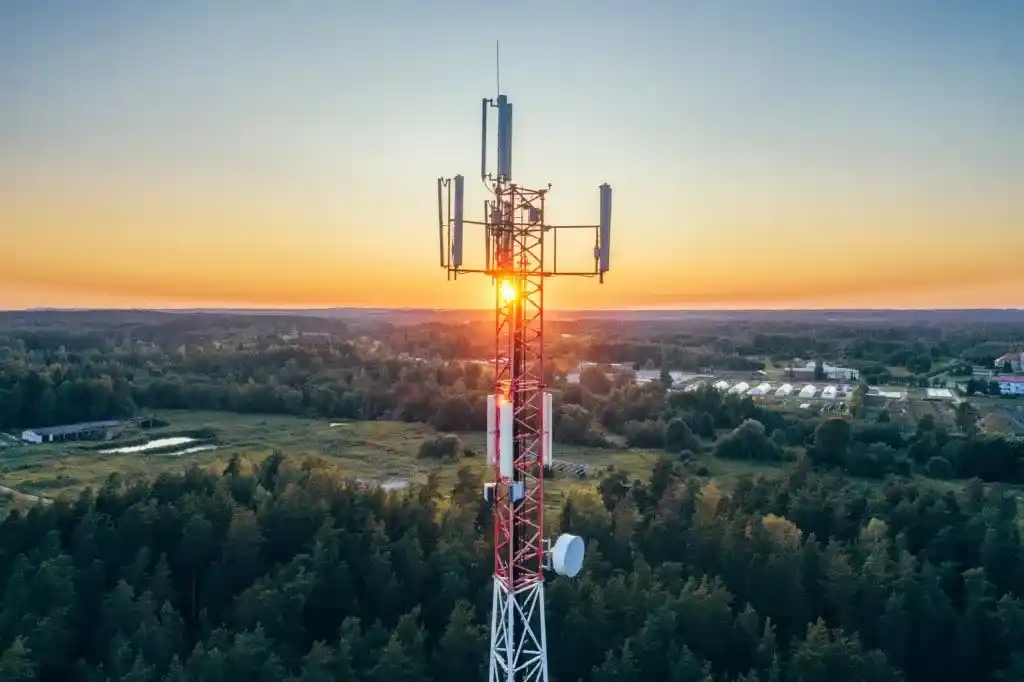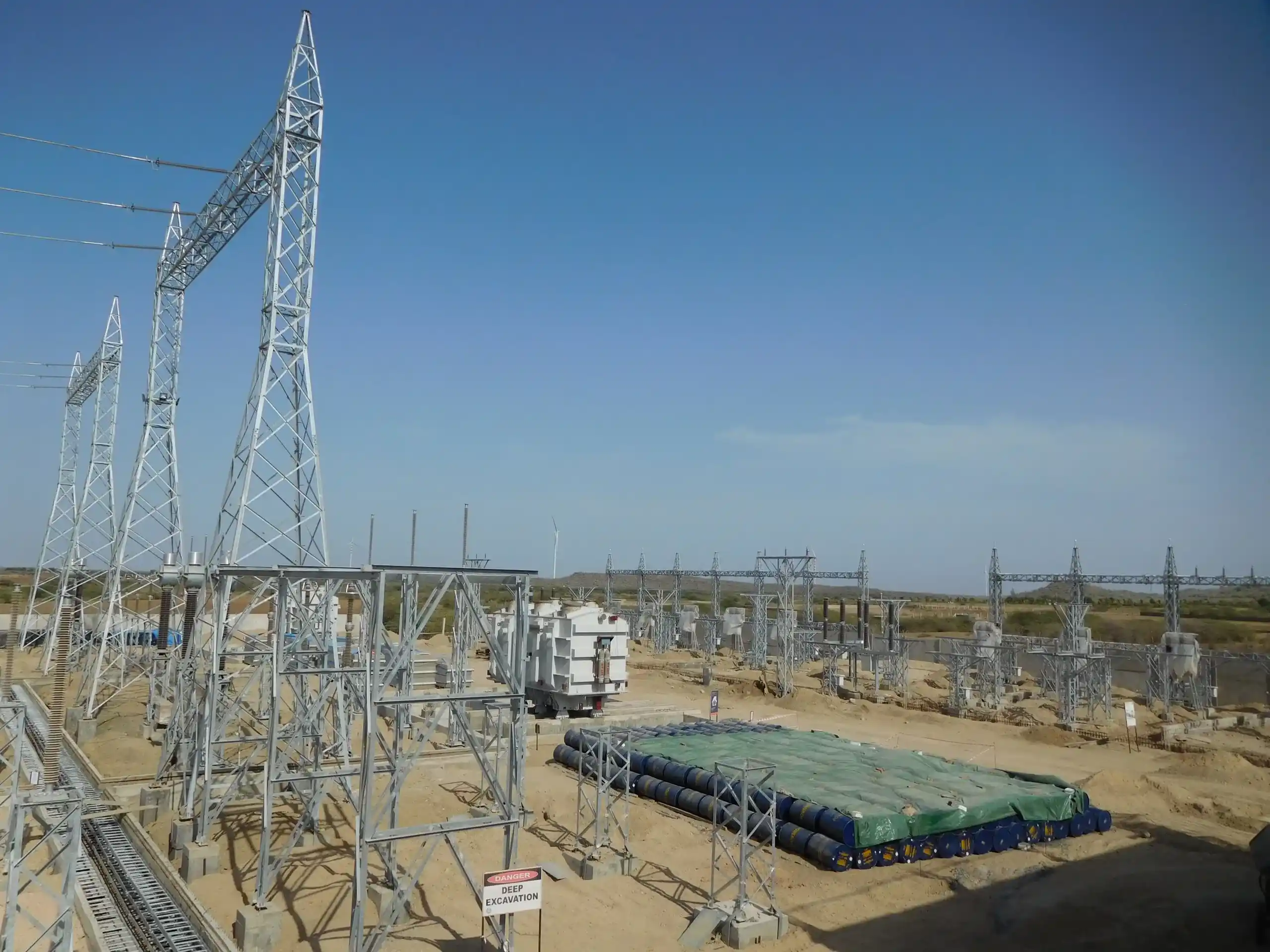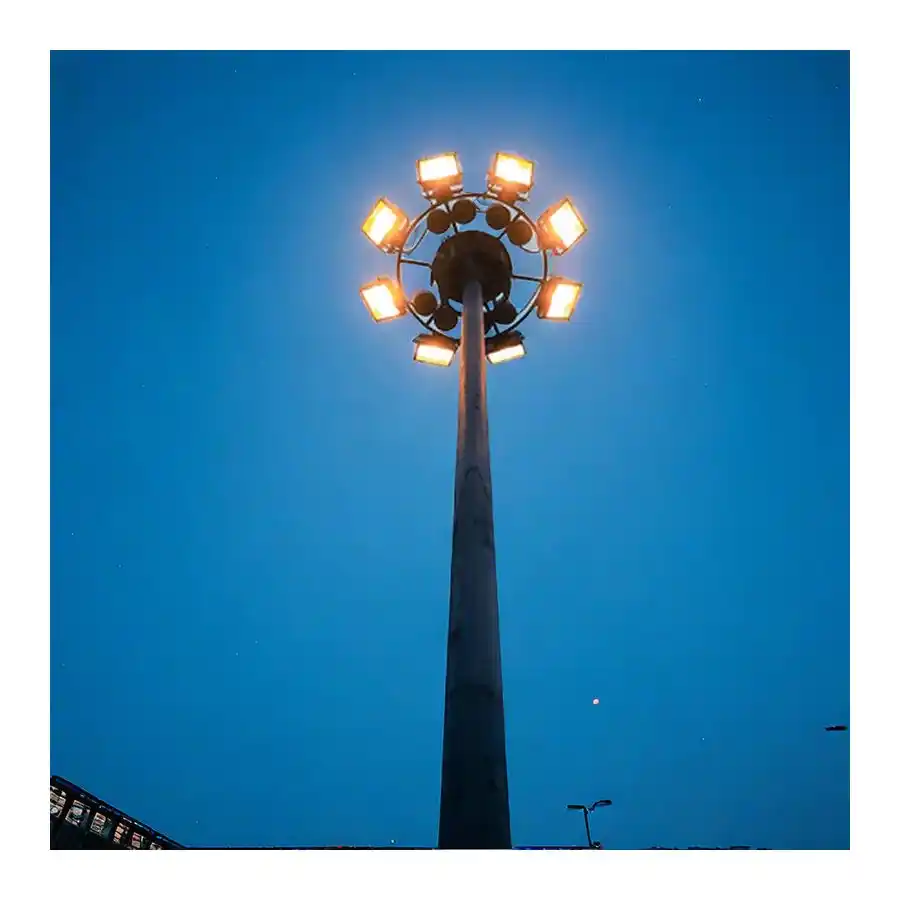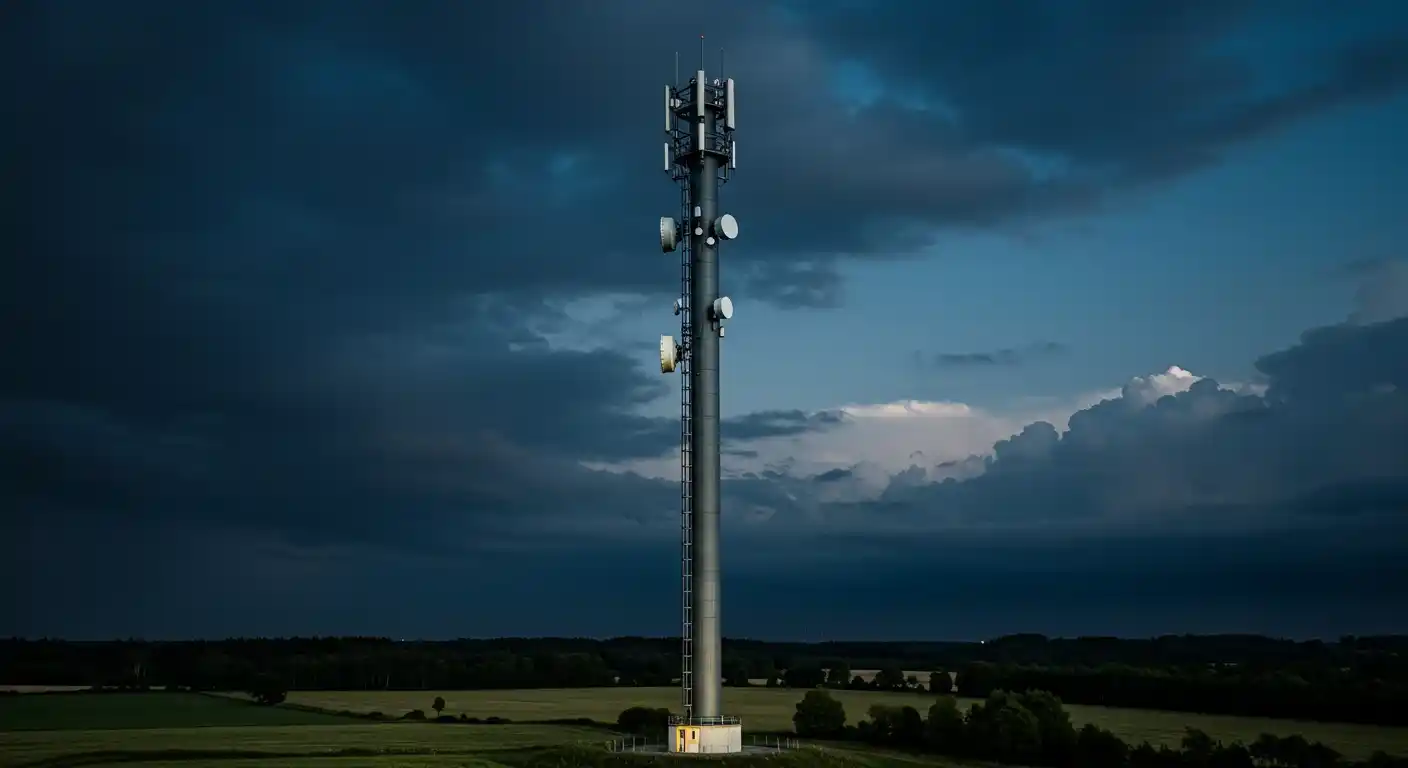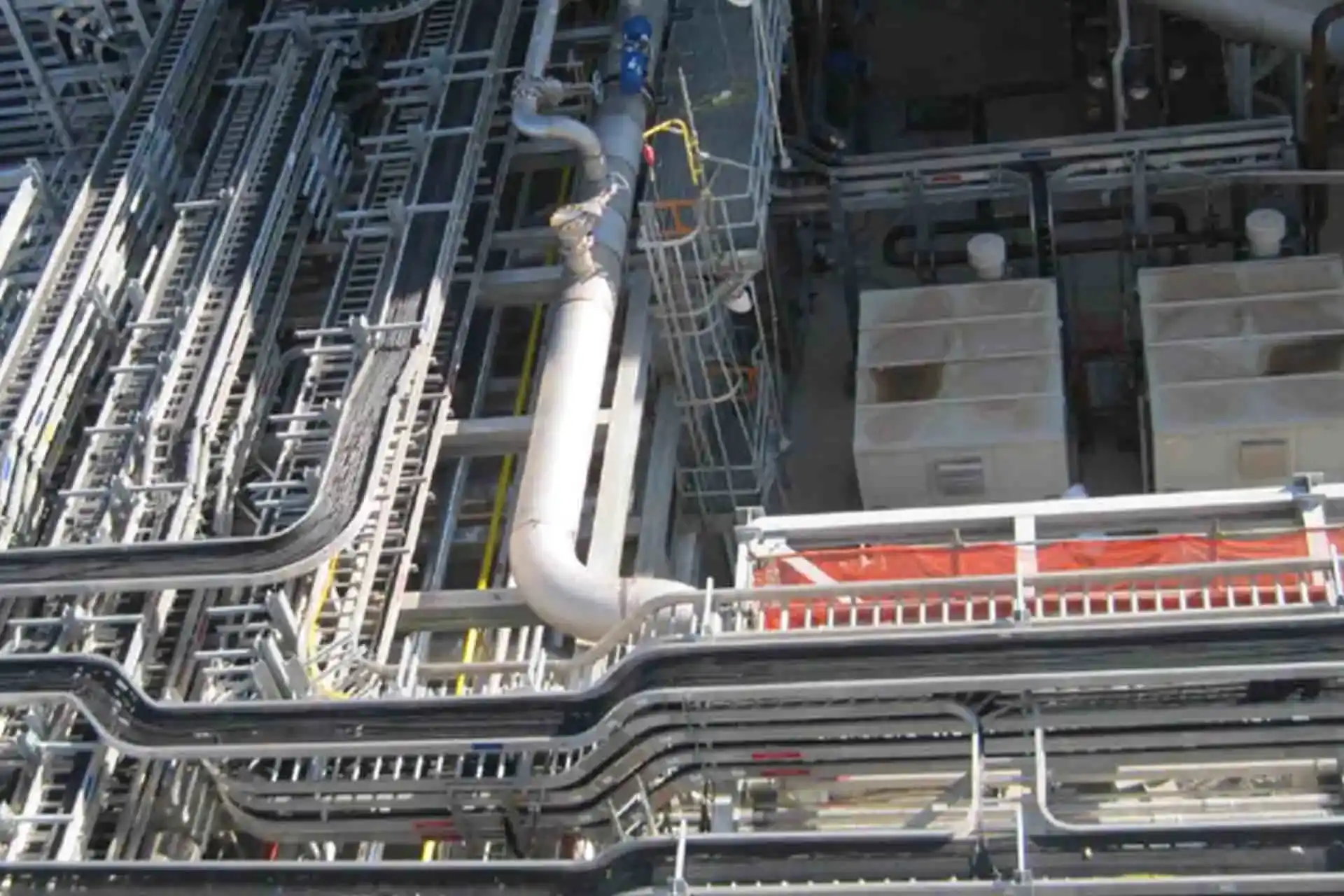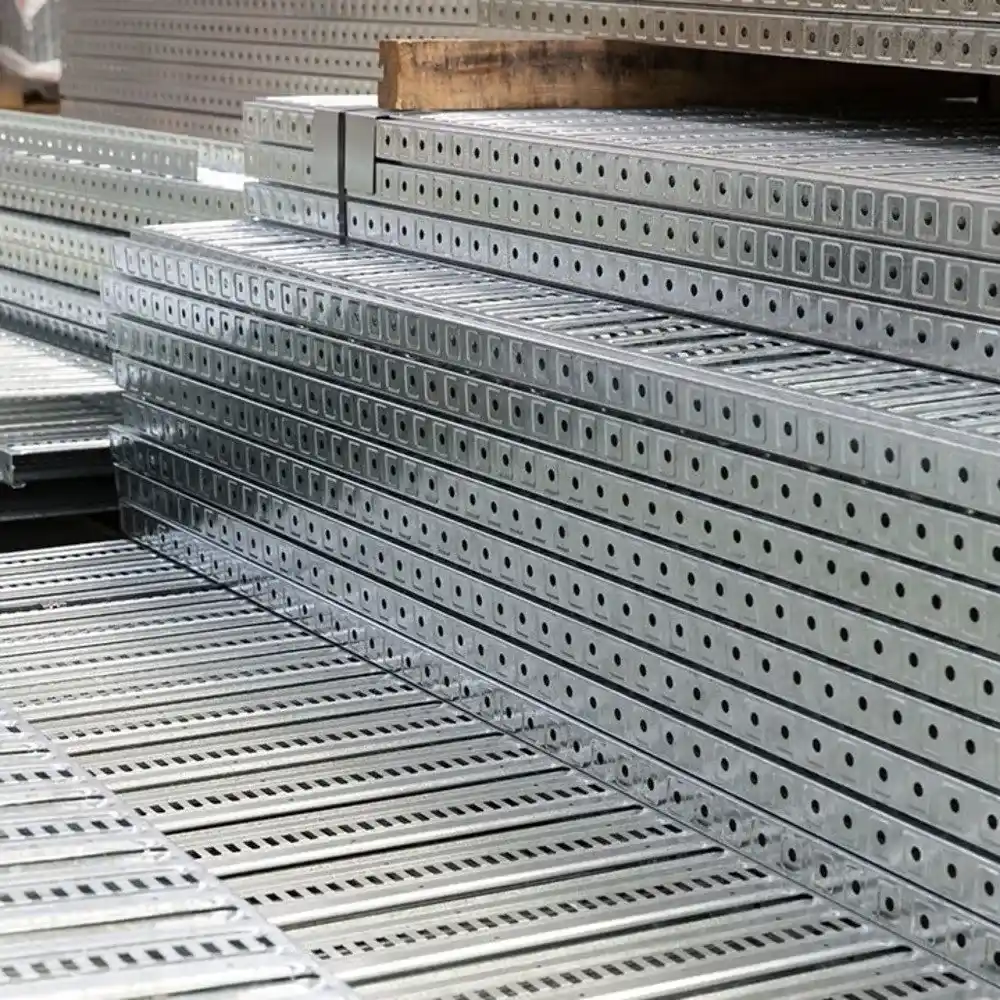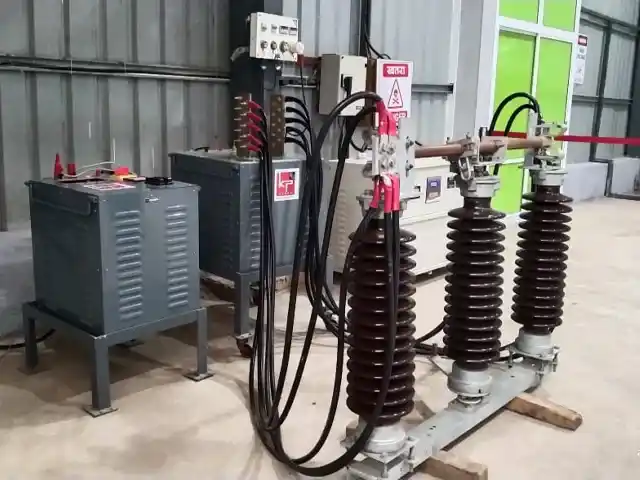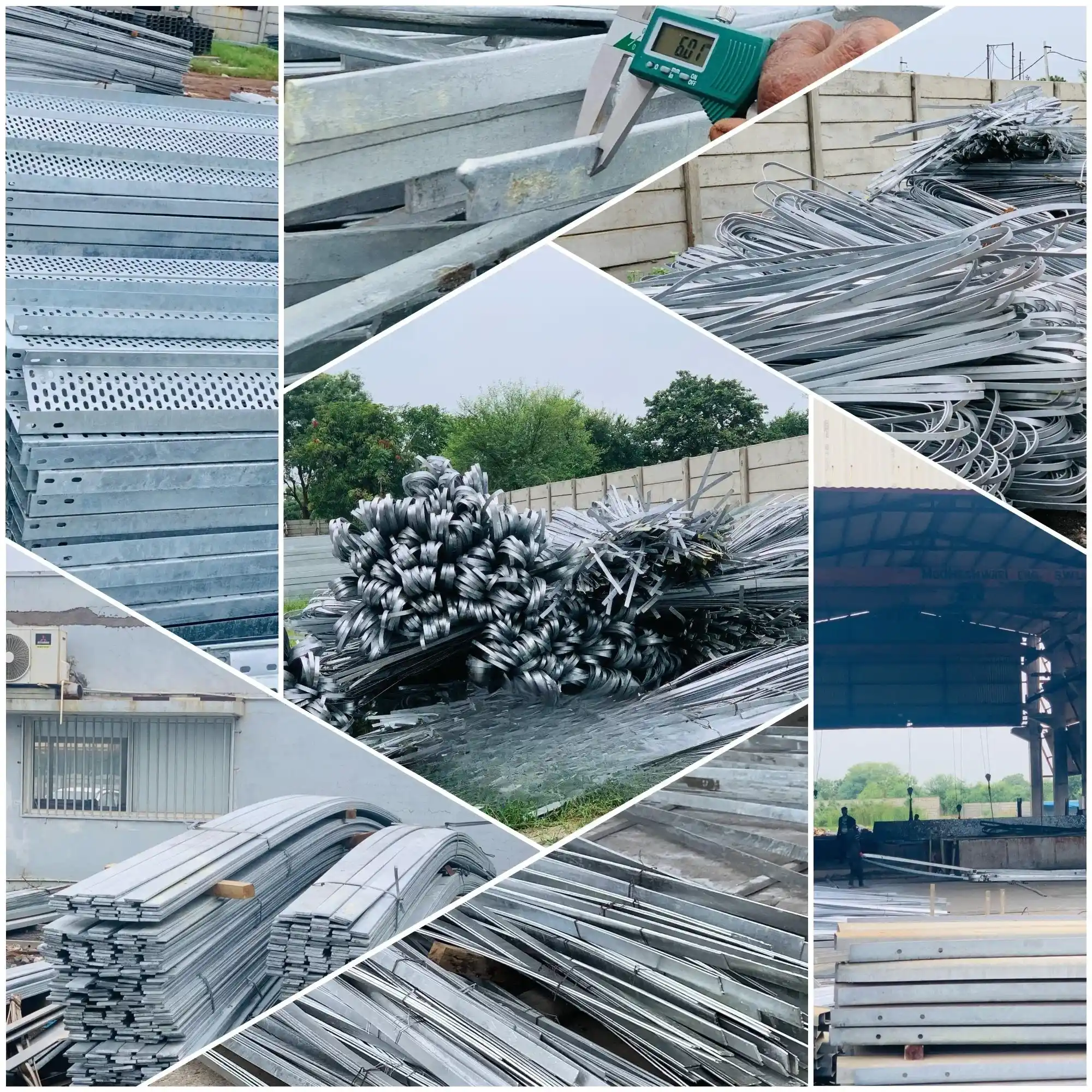
Understanding Lattice Towers: Structure, Function, and Applications
Have you ever taken a moment to look at a wind turbine and wondered how it stays upright in those powerful gusts of wind? Or thought about the hidden towers supporting everything from cell networks to electrical grids?
Well, it’s all possible because of lattice towers. They are the unsung heroes behind wind turbine towers and renewable energy we daily rely on. As the growth of the renewable energy world is at its peak, lattice steel towers are also becoming important.
You see, they’re the backbone of wind turbine towers, holding up those massive blades that turn wind into power.
But what are they exactly and what are they made of? How many types of lattice towers are there and what are their applications? What are the benefits of them and what is the role of steel fabrication? Let’s get answers to all of these questions in this guide so that you get all the information that you are looking for!
What Are Lattice Towers?
Lattice towers are tall, metal frameworks made from steel, used to support various kinds of equipment, from antennas to high-voltage transmission lines.
But what truly makes them stand out is their open, truss-like structure. This structure keeps them lightweight and yet incredibly strong. If you have ever got a chance to carefully look at them, you would have seen that they look like a bunch of intersecting metal beams. However, these beams are carefully engineered to distribute weight evenly and resist the forces of nature, especially wind.
When we talk about the go-to material for lattice towers, it’s definitely steel. The simple reason is - its sheer strength, adaptability, and longevity. As steel is well-known for its durability and flexibility, they can handle harsh conditions of wind farms, whether it's the blistering heat of a desert or the icy winds of the Arctic.
At KP Green Engineering, we specialize in WTG Lattice Towers that not only meet the highest standards of strength but are also cost-effective. It's our this combination that has made wind turbine towers the foundation of so many critical infrastructures.
Structure of Lattice Towers: Components and Design
Talking about the structure of the wind turbine towers, it looks a little complicated.

Here are some of the main components of a lattice tower -
Base: The base in a wind turbine tower is anchored into the ground. This gives it the stability needed to keep the tower upright.
Legs: The legs in the tower carry the load and provide the required height to the tower.
Bracing: This is the network of diagonal steel beams connecting the legs, adding strength and stability to the tower’s frame.
Top Section: In the top section of the towers, all the equipment (wind turbines, antennas, or power lines) are mounted.
Being in the wind energy sector for years, we can’t emphasize enough on the right structure. Even if one part of the tower is slightly off, the whole structure can be at risk.
And that’s why steel is such an important material, you can fabricate it to precise specifications such as load requirements, wind conditions, and even the geography of the location.
At KP Green Engineering, our approach to fabrication is hands-on. We make sure that every piece of steel that goes into a lattice tower is custom cut, welded, and tested for quality to ensure maximum durability and safety.
After all, these towers often have to withstand forces that are much greater, right?
Function of Lattice Towers: Why They Are Used in Wind Turbines
Have you ever wondered why lattice towers are used in wind turbine towers? It’s mainly because of one reason – it supports the massive structure of wind turbines.
They are anchored on lattice towers, which elevate them to just the right height required for optimal energy generation. Because when the wind turbine tower has a good enough height, it can generate more energy as winds at higher altitudes tend to be steadier and stronger.
And depending on the custom requirements of the wind turbine (discussed in the above section), you need to get custom-designed lattice towers.
That’s where KP Green Engineering comes in. Our team designs towers that are tailored to the exact needs of wind energy projects – helping you get the maximum output.
Types of Lattice Towers and Their Applications

Now that you know quite a lot about the structure and functions of lattice tower, let’s explore their types.
Generally, lattice towers are associated with wind turbine towers, they are also used in other infrastructure projects, like telecommunications and Electrical transmission.
Let’s break down the three main types of lattice tower -
Telecommunication Towers: These are the ones that support cell phone antennas, radio signals, and TV broadcasting equipment. Without them, there wouldn’t be mobile networks or reliable communication across large areas.
Electrical Transmission Towers: These are the high-voltage towers that carry electricity from power plants to homes and businesses. They’re crucial in keeping the lights on.
Wind Turbine Towers: Of course, we can’t forget the wind turbine towers. These lattice steel towers give proper height where they can capture wind more efficiently.
Broadcasting Towers: Broadcasting towers are used for television, radio, and digital broadcasting. These towers provide heights to antennas at higher altitudes to get maximum coverage and signal strength.
Observation Towers: Often used for surveillance, fire watch, or recreational purposes, observation towers offer a high vantage point for monitoring large areas, such as forests or landscapes.
Lighting Towers (Aviation Warning Towers): These towers are equipped with lights or reflectors to mark tall structures or obstacles to make sure they’re visible to aircraft for safety, especially near airports or large structures.
But what are the benefits of these lattice towers? Let’s find out more in the following section.
Key Benefits of Lattice Towers in Wind Energy Projects
The reason why lattice towers are so popular in wind energy projects is simple: they offer a bunch of practical advantages. If you are wondering what the prominent benefits of lattice tower are, especially in wind energy projects, here they are -
Durability: As wind farms are often located in remote areas where extreme weather is common, steel-made lattice towers can withstand everything; be it high winds or snowstorms.
Flexibility : Lattice towers empower wind farms incredibly. Whether you're building a wind farm in a windy region or a more temperate area, you can have a well-designed lattice tower which is customized to meet unique conditions.
Cost-Effectiveness: The best part? Lattice towers are more affordable than other types of towers, especially for large-scale wind farms. And when you're dealing with hundreds of turbines, every penny gets counted.
At KP Green Engineering, we’re experts in crafting lattice steel towers that make wind turbine projects both reliable and cost-effective. We’ve been fortunate to work with a variety of clients, all looking to utilize the power of the wind, and our lattice towers help them do just that.
Lattice Towers in Renewable Energy: A Sustainable Solution
While we are talking about the lattice towers in the wind energy sector, let’s not forget the sustainability factor.
One of the most exciting things about lattice steel towers is how they contribute to renewable energy projects. Not only are they strong and durable, but they’re also recyclable. Once a tower has reached the end of its life, we still can use the steel for repurposing, which is a huge environmental benefit.
Plus, the production of lattice steel towers generates less waste compared to concrete alternatives.
So, when you choose a steel-made lattice tower for your wind turbine installation, you’re not just getting a cost-effective solution, you’re also contributing to a greener, more sustainable future.
Conclusion: The Future of Lattice Towers in Renewable Energy
When thinking of renewable energy, lattice towers might not always be on the top of our minds, but they are an important part of wind turbine projects and larger renewable energy infrastructure.
As renewable energy continues to grow, the demand for strong, sustainable lattice towers will only increase.
At KP Green Engineering, we’re happy to be part of that future where high-quality reliable lattice steel towers support renewable energy projects at every stage. If you’re looking to build or expand your wind energy infrastructure, let’s talk. We would be happy to guide you with our years of experience and expertise.
Frequently Asked Questions:
About Us
KP Green Engineering Ltd. provides complete engineering and steel structure manufacturing solutions worldwide, serving industries such as renewable energy, telecommunications and beyond.
Get In Touch
Latest News
KP Group, Fabtech sign green energy pact for pharma infrastructure
KP Group Concludes Annual General Meetings of KPI Green Energy, KP Energy, and KP Green Engineering
KP Green Engineering secures Rs 55-cr orders from multiple clients



